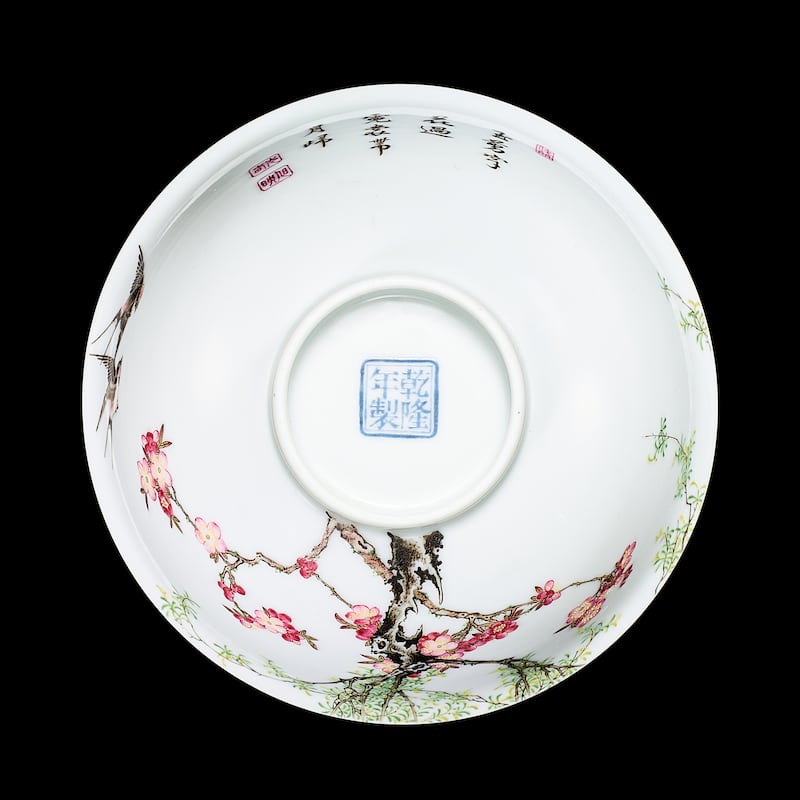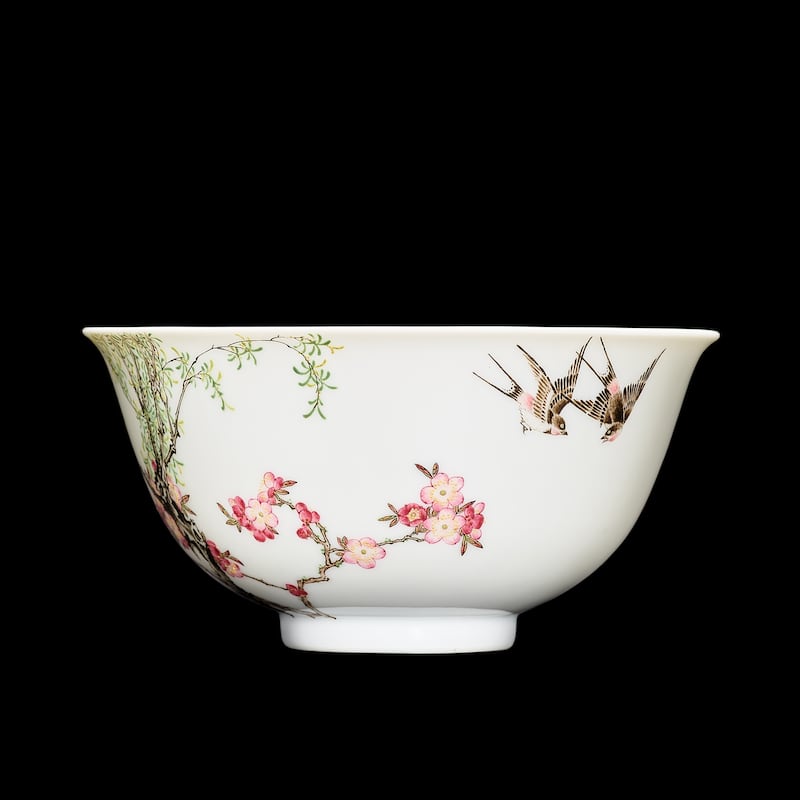When this tiny bowl, measuring just 11.3cm across, last hit the auction market in 2006, it made international headlines. Not just because it set a record for a work of art sold in Asia – the €17.9 million paid at a Christie’s sale in Hong Kong was double its original estimate – but also because the buyer just happened to be the vendor’s sister.
Bearing the mark of the Qianlong emperor (1736 to 1795), the tiny piece is considered to be “one of the world’s greatest imperial porcelain in private hands”, according to Sotheby’s in Hong Kong. The auction house has been tasked with selling the falangcai bowl on behalf of Dr Alice Cheng, who bought it from her brother Robert Chang. She is quoted as saying at the time that she had no intention of purchasing the bowl, but her “interest grew during the bidding process”.


The masterpiece will now be offered in a stand-alone sale and is expected to fetch about $HK200 million or about €23.7 million on April 8th. What makes it so special is that it ranks among the most legendary pieces ever to have been offered at auction. Its creamy white body was painted by master court enamellers in Beijing nearby the emperor – so he could follow and examine the results first hand. Falangcai (meaning foreign colours) porcelain painted in the imperial workshops of the Forbidden City in Beijing are the rarest and most sought after wares of the Qing dynasty (1644-1911).
The receptacle depicts swallows beside a flowering apricot tree, intertwined with a willow tree, and contains a short poem: “Jade shears cut through the flowers, like rainbow garments brought back from the moon.” Jade shears are the tails of swallows and, the catalogue suggests, as they often fly and perch in pairs, may symbolise a loving couple.
RM Block
This bowl was part of a pair that once belonged to Captain Charles Oswald Liddell, who formed his collection in China, some of which were said to be bought from the collection of Prince Qing. They were sold in 1929 and parted company as one was bought by Mountstuart William Elphinstone and later acquired by Percival David and is currently on long-term loan to the British Museum.
The second was sold to Charles Russell for £150 and later owned by Woolworth heiress Barbara Hutton before ending up in the collection of Robert Chang, who is renowned for having one of the world’s best collections of Chinese art. His younger sister Dr Alice Cheng, whose entrance at Hong Kong auction rooms often heralds a new record in Chinese porcelain, is managing director of Chinese Taching Petroleum and a representative of powerful Beijing-based advisory body the Chinese People’s Political Consultative Conference. Their father was a celebrated antiques dealer whose father before him was a famous carver who was commissioned to work for empress dowager Cixi.
If the estimate of $HOK200 million (€23.7m) is realised it will be a tidy return on the bowl Cheng purchased from her brother.






















